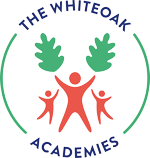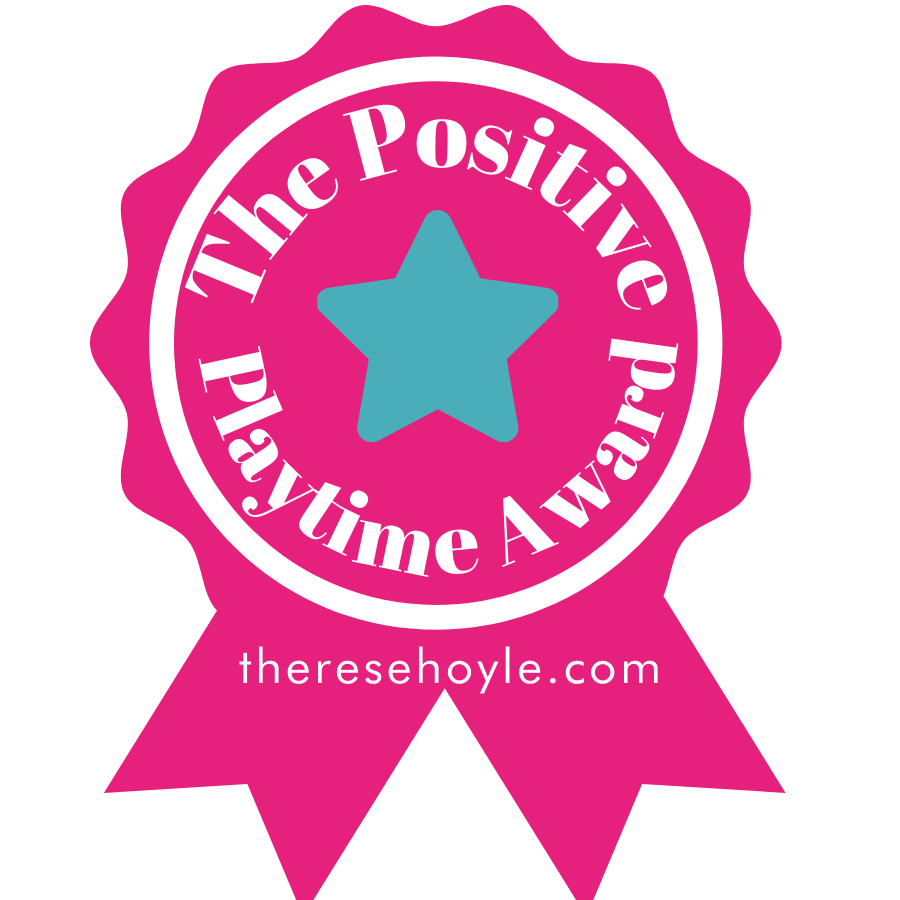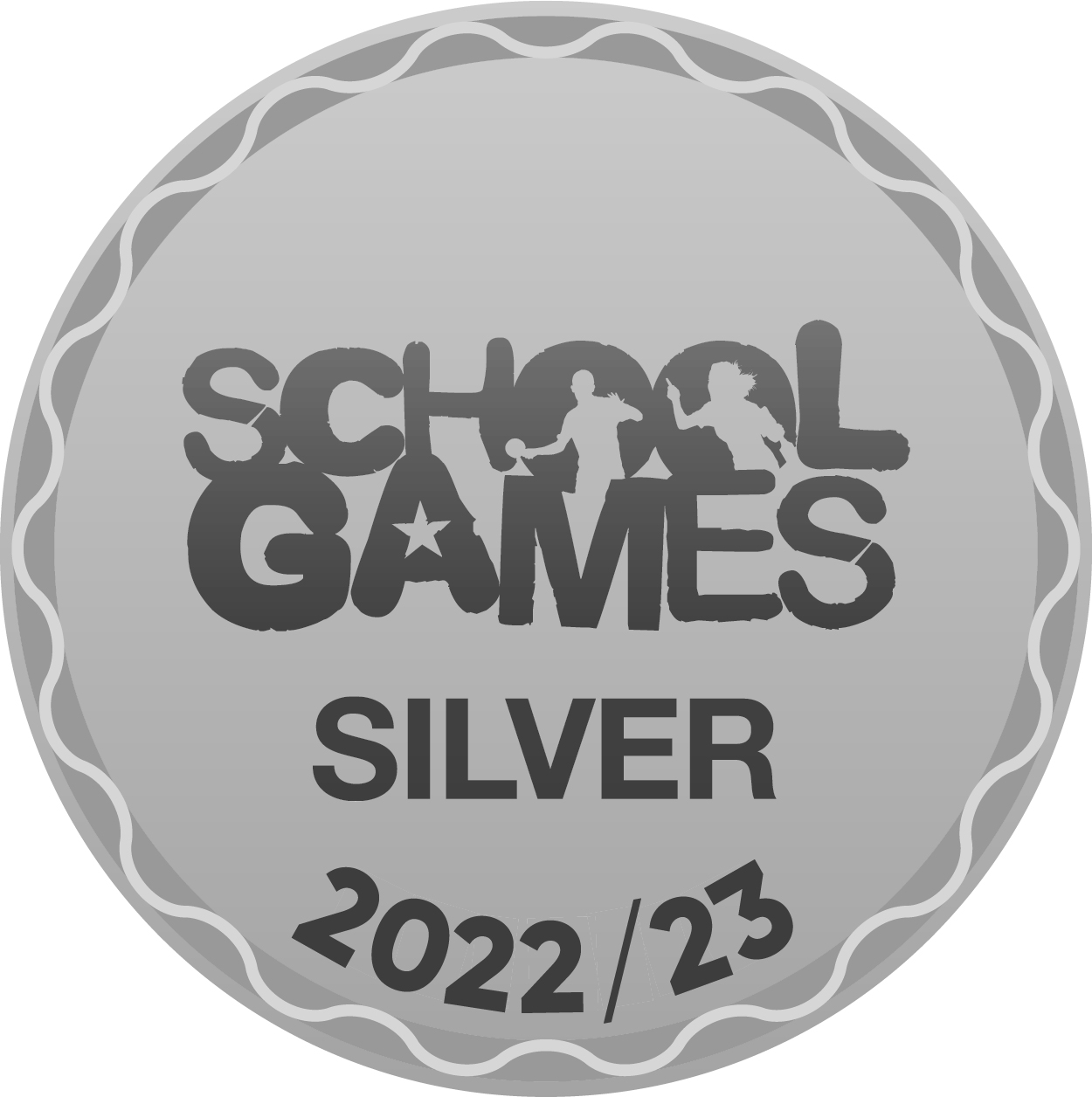Music
Music – the Whiteoak Way
‘Where words fail, music speaks.’
Hans Christian Anderson
When children enter school at the age of four, they already have a love of music and will have experienced music in many different ways, through nursery rhymes and children’s songs, traditional games, music on television and in the media that’s all around us and through listening to their families’ choice of music, in the car and in the home. In the early years music can help greatly in teaching children about sounds, words and language and is very much a part of the daily classroom routine. At the Whiteoak Academies we recognise the importance of music as a key part of the curriculum and we continue to incorporate high quality musical activities throughout Key Stages 1 and 2. We have regular music lessons, musical assemblies and choirs. We perform our music within the community and to our friends and families. We feel strongly that school is the place where all children must have access to a music education.
We recognise that, just as regular reading and listening to stories improve children’s literacy skills, high quality singing and listening opportunities improve pupils’ internalisation of music. Our pupils have access to this through our regular singing assemblies, through our in-school choirs and also through our music lessons in class using our chosen scheme of work, Charanga. Here, there are opportunities for all pupils to listen to and learn to sing a wide range of songs from every genre and many different cultures, as well as to listen to and learn to appreciate classical music. We want children to develop a sense of place in musical history and know that music contributes not only to important occasions in their own lives, but in all other cultures around the world. Children will also have many opportunities to learn to play tuned percussion instruments and use these to improvise and to compose their own pieces.
Our aim is for our children to develop a lifelong love of music, an awareness of and confidence in their own individual abilities as musicians and to ensure that they experience the feelings of togetherness and joy that come with singing as part of a larger group. In the current, somewhat turbulent times we are even more aware of the power of music to lift the spirits and provide comfort and reassurance. Listening to or playing music has long been recognised as a great workout for the brain; we also know now that listening to music can reduce anxiety and improve mood, mental alertness and memory.
Regular, sustained musical experiences are necessary to ensure good musical progress in our pupils. Our music scheme, Charanga, enables pupils to understand musical concepts through a repetition-based approach to learning. Learning in this way enables children to achieve a more secure, deeper learning and mastery of musical skills. For those children who are learning musical instruments outside school, there are opportunities for them to play along with the songs learned in class, celebrating their talent and achievements and enriching the musical experience for all.
Every year our school works with the North Somerset Music Service to provide extra, specialist musical workshops and other opportunities for the children, such as joint singing celebrations with other schools. Recent past examples of this have been the Raise the Roof festivals with year 4 classes. Children in key stage 2 have also sung regularly at the Winter Gardens in Weston super-mare as part of the MAWS concert performed there. More locally, children sing at Nailsea’s Holy Trinity Church at Christmas and for the traditional Harvest festival.
Aims
At the Whiteoak Academies, we have developed our own curriculum to help ensure that each and every child thrives by becoming:
- Knowledgeable & Curious
- Respectful & Compassionate
- Independent & Fulfilled
In support of our curriculum vision and aims, we have crafted our own Whiteoak Way for Music which is carefully and thoughtfully planned to engage and inspire pupils to develop a love of music and their talents as musicians, and so increase their self-confidence, creativity and sense of achievement. Pupils will learn to listen critically to high quality music from every genre and to compose their own music.
As a family of schools, we aim to ensure:
- There are opportunities for children to listen to music from all styles and genres and from many cultures. Our curriculum is broad, balanced and will include both the familiar and the unknown and exciting to inspire the children’s curiosity.
- Children have the opportunity to listen carefully and critically, during every lesson, to high-quality music, whilst being encouraged to respond in their own way, developing their own musical appreciation.
- The music that forms the key part of our curriculum is celebratory of diversity and our own rich cultural history. Many songs will also celebrate our core values – friendship, kindness, courage, resilience and belonging.
- Children will learn key musical vocabulary which will help them to understand the key elements of music and its inter-related dimensions. They will build on this knowledge as they progress through our family of schools. A developing knowledge of musical notation will help them to read and play simple tunes.
- All children will have varied opportunities for group singing and performing, in school and within the community.
Our Music curriculum has also been designed and developed using the National Curriculum which aims to ensure that all pupils:
- perform, listen to and evaluate music across a range of historical periods, genres, styles and traditions, including the works of the great composers and musicians;
- learn to sing and to use their voices, to create and compose music on their own and with others;
- have the opportunity to learn a musical instrument, use technology appropriately and have the opportunity to progress to the next level of musical excellence;
- understand how music is created, produced and communicated, including through the inter-related dimensions: pitch, duration, dynamics,tempo, timbre, texture, structure and appropriate musical notations.
Underpinning our scheme are the inter-related dimensions of music:

The diagram shows how children progress in their music learning each year, gaining experience of the inter-related dimensions of music in the form of an ever-increasing spiral. This is crucial to the success of our chosen scheme, as music teaching and learning is not linear.




